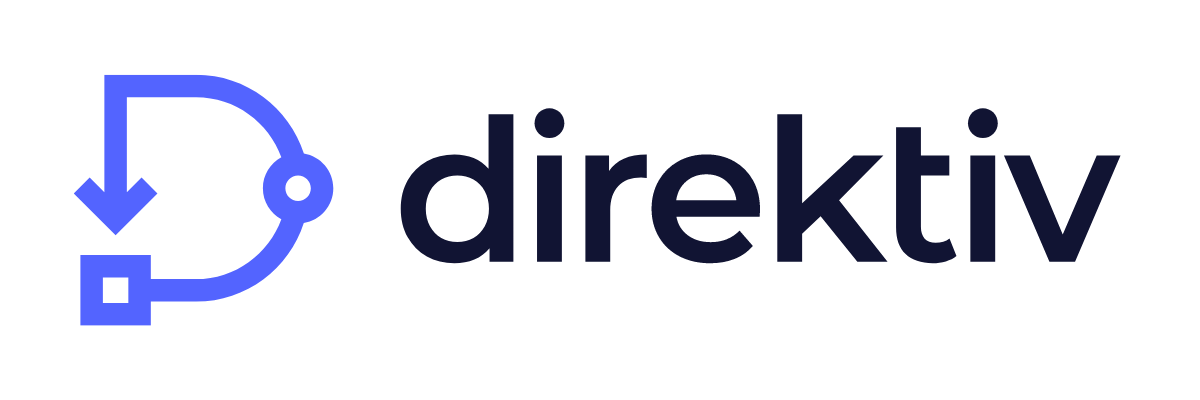Serverless Orchestration: A Key Component in the Future of DevOps

Have you ever stopped to imagine how much less effective your business would be without DevOps? Think of how many streamlined processes would take nearly double the time for your team to complete! 😩 When considering just how crucial DevOps is, it may not shock you to learn that by 2026, the DevOps market will exceed $20 billion, with a CAGR of 24.7% from 2019 to 2026. With such a massive increase in only seven years, you might wonder what’s continuing to drive this rapid investment as we look to the future — and the explanation lies in serverless orchestration.
Serverless orchestration allows teams to work quickly and effectively using containers of existing code as building blocks. For the future of DevOps, this means that your engineers can build products with more speed and accuracy. Serverless also allows your engineers to harness the power of Knative intelligence to execute any code or container from anywhere they need. This means that your engineers can combine microservices and containers from any vendor to create simple, effective automations. Ever wanted to automate your health checks before running site redundancy failovers? Or cut password rotation down from hours to seconds? We know… who doesn’t?! If exciting new tools sound compelling to you to streamline your DevOps process even more…then read on to discover the power of serverless orchestration.
Serverless Orchestration Fuels the DevOps Mindset
Part of why DevOps has grown so much in recent years can be attributed to the growing cultural shift towards a DevOps mindset. With a DevOps mindset, your entire workplace culture shifts to foster improved collaboration, increased feedback, and continuous improvement that leads to better, more streamlined processes. Everyone involved in the production process works in harmony towards a single goal of moving faster with more accuracy — and serverless orchestration aligns flawlessly with this goal by automating some of your team’s most time-consuming tasks. With event-driven workflows, certain maintenance tasks (hi, Terraform upkeep!) can run automatically, allowing your engineers to spend more time on value-add tasks, like writing new code. Serverless orchestration’s ability to reduce IT engineers’ workload while eliminating the constant need for server maintenance and cloud monitoring makes it a dream for uniting your team under a DevOps mindset. 🔥
Looking to the future of DevOps, it only makes sense to implement serverless orchestration into your processes. Consider your Ansible and Terraform maintenance, for instance. To make this task much quicker, engineers could use serverless orchestration to create an event-driven workflow that automatically checks playbooks and scripts against the latest versions of Terraform and Ansible. Now, both environments can get updated quickly and easily — with minimal work needed to double check that they’ll still run. Now, two of your biggest DevOps tools can help you create, configure, and deploy new machines faster than ever before. 🚀

[Source: Giphy]
DevOps Adoption is Easier with Serverless Architecture
Atlassian defines DevOps “as an organizational culture shift that emphasizes continuous learning and continuous improvement, especially through team autonomy, fast feedback, high empathy and trust, and cross-team collaboration." Adopting this organization-wide cultural shift can be a slow process, as every team member must adopt it in every aspect of their work. Often, adopting DevOps can be met with:
- Skeptical engineers worried about reskilling or new processes affecting their job security
- Siloed development and operations teams hesitant to integrate tools and part with legacy technology
- Difficulty scaling new DevOps-centric technology across the organization
This, however, is where serverless orchestration really excels: it allows your team to adjust to new processes much quicker through event-driven architecture. This is a workflow that, when triggered by an event, automatically runs code to accomplish a task. For example, your team could write a workflow that automatically rotates your passwords and set it to trigger every 60 days. As the DevOps mindset shapes the future of software engineering, automated processes through serverless orchestration will become a key part of your team’s daily work.
For instance, let’s say you’re looking to streamline your team’s process for running site redundancy failovers. Naturally, the time it takes to perform health checks before running failovers becomes a focus. With severless orchestration, you’re able to use containers to construct an event-driven workflow that automatically performs those health checks, allowing your team to get straight to the task at hand. 🤯 The automation of serverless orchestration grants you and your team the power to streamline processes quickly, eliminating hours of work and thus driving DevOps success.

[Source: Giphy]
Final Thoughts
With serverless orchestration, your entire organization can work within a DevOps mindset to accomplish a streamlined, efficient product process. As more and more organizations adopt a DevOps mindset, serverless orchestration will help automate and streamline some of the most time-consuming tasks your engineers face.
Uncover more about the future of serverless and how it’s shaping the DevOps world on our blog, Is Serverless Architecture Dying Out? Not So Fast.

.png)

